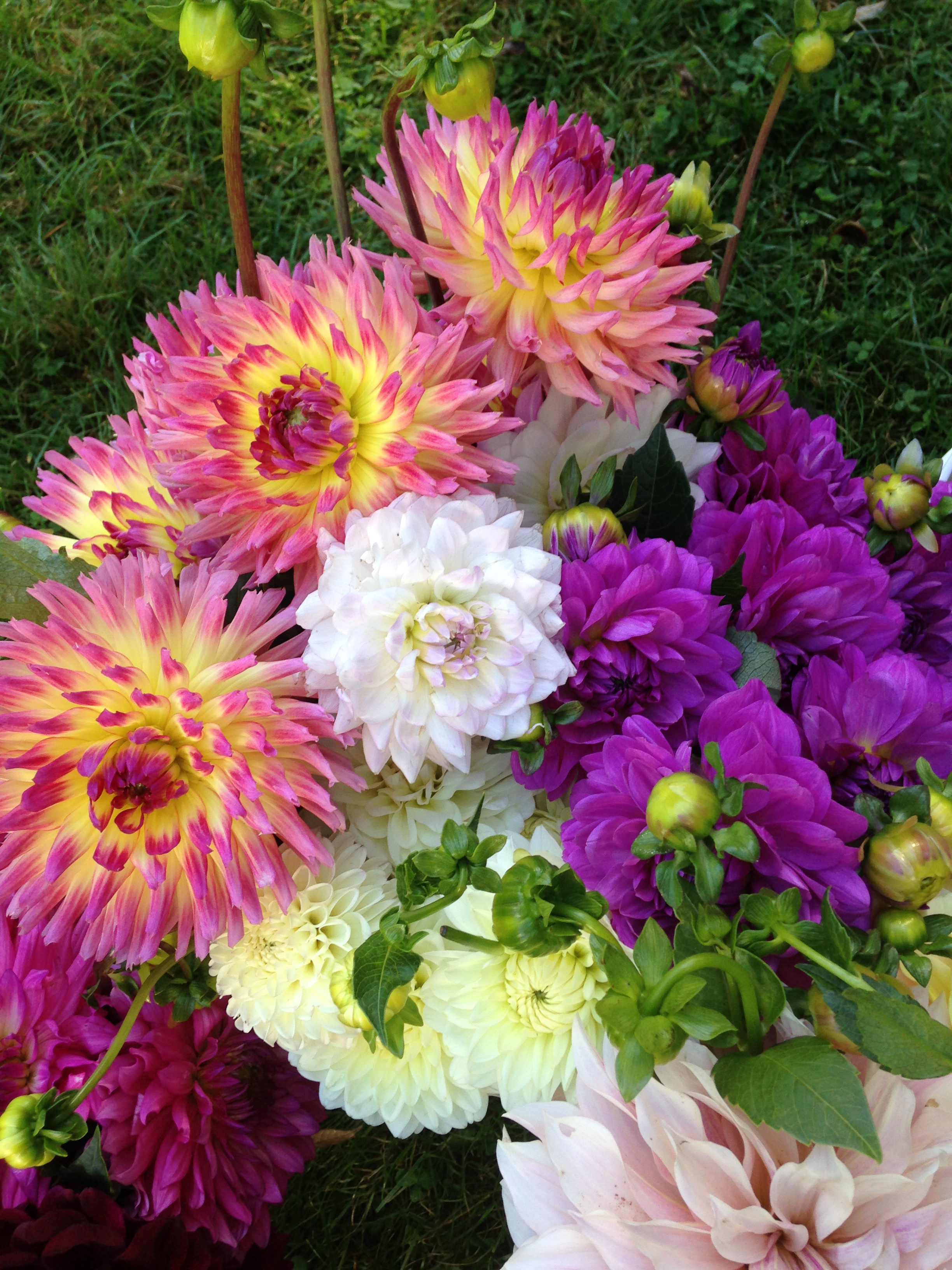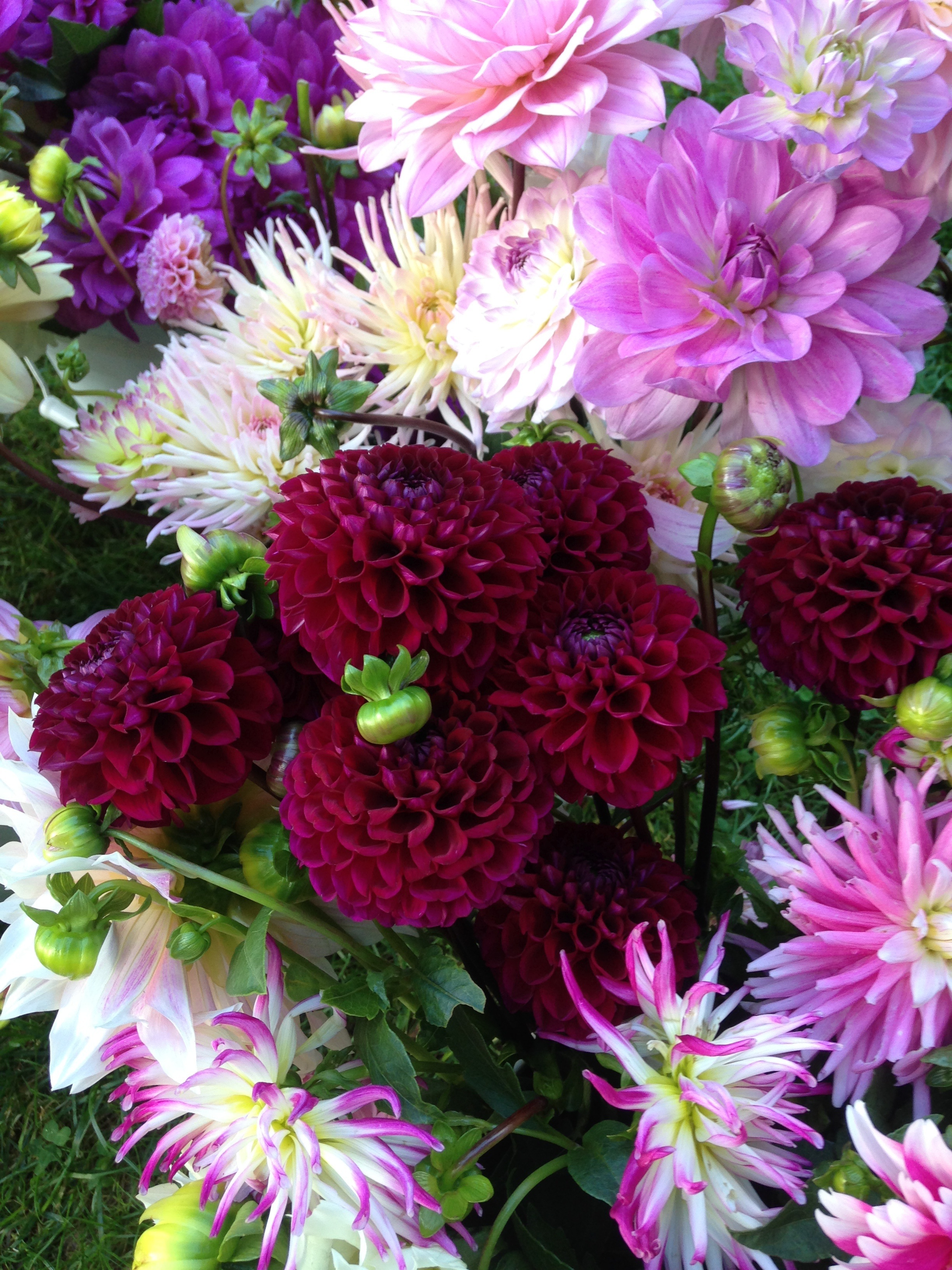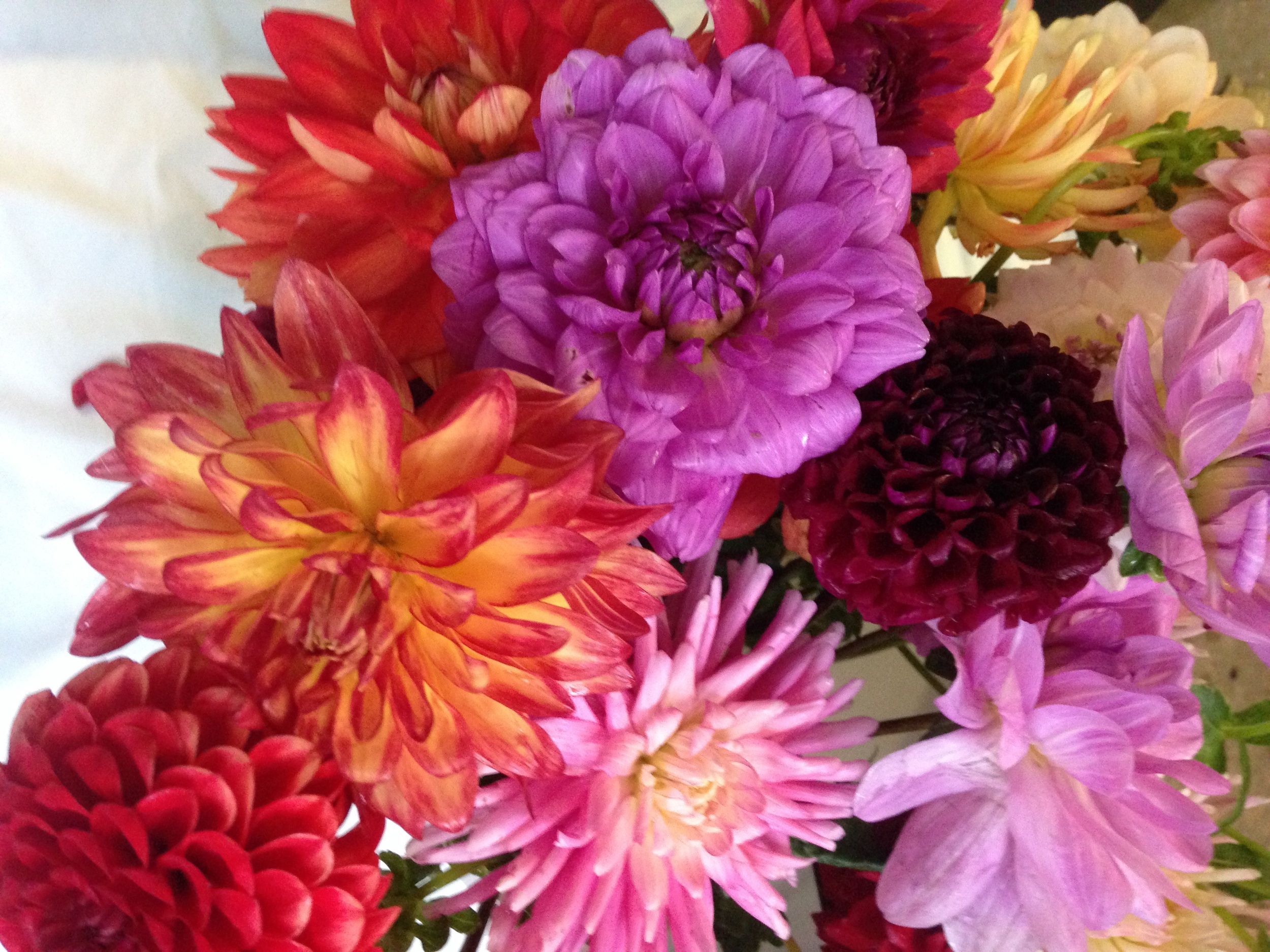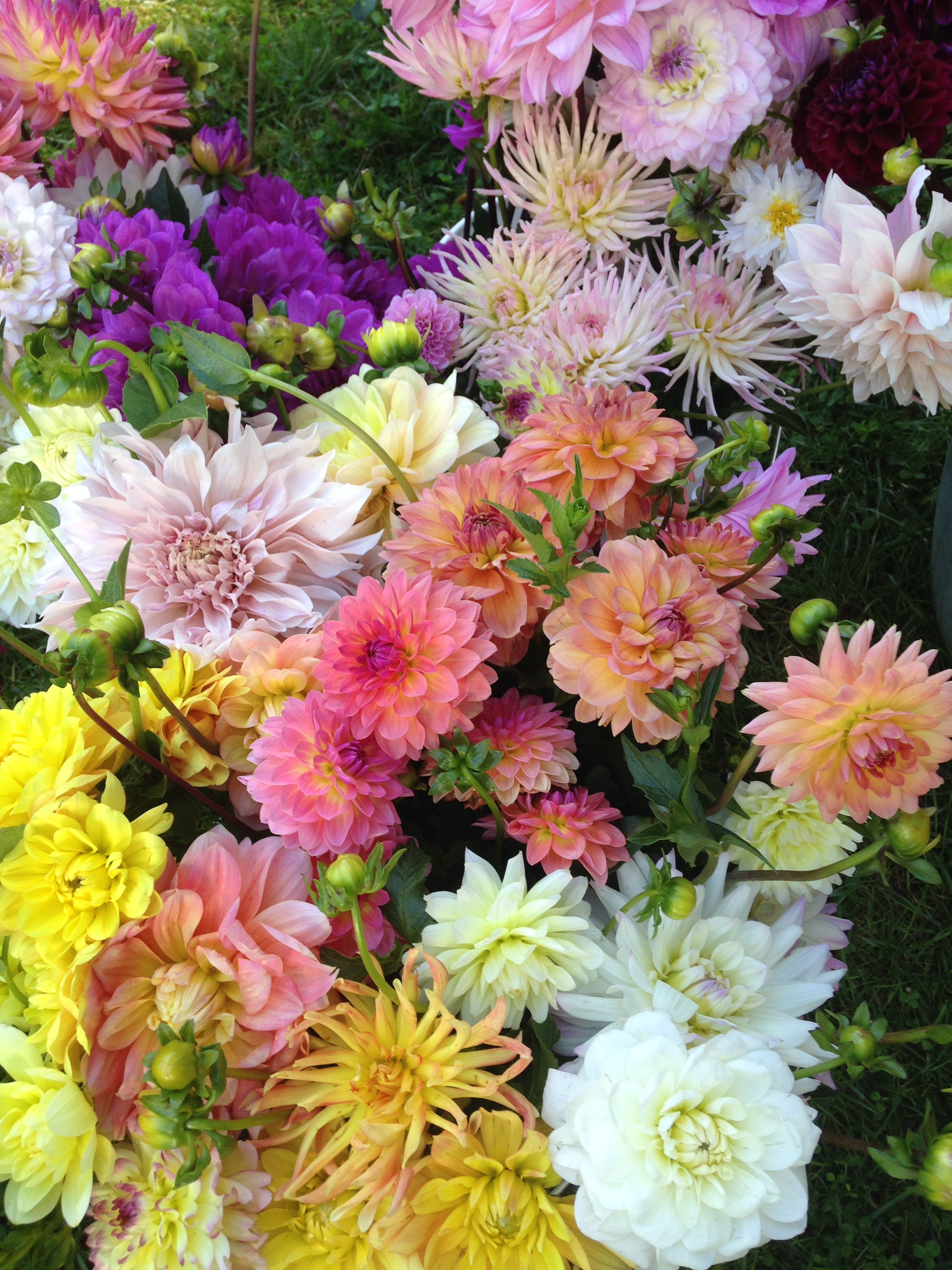Lavender is in bloom!
Lovely lavender is blooming here at Butternut Gardens LLC and you can pick some up at The Little White Flower Cottage on site here. I grow three varieties and all smell heavenly. Guess who loves lavender as much as you do... bumblebees. They are all over this wonderful flower. With our bumblebee populations declining, I love knowing that I am growing something, which helps them. I ask you to please consider growing some lavender plants if you have space for them. Lavender prefers full sun and good drainage. You can add builder's sand to give better drainage. Also, lime will increase your soil's pH, which is also beneficial to lavender since it likes a bit more alkaline a soil than our soils are naturally. Beyond this, lavender is not tricky. You will enjoy the flowers, the gorgeous silvery grey foliage and the visiting bumblebees.























